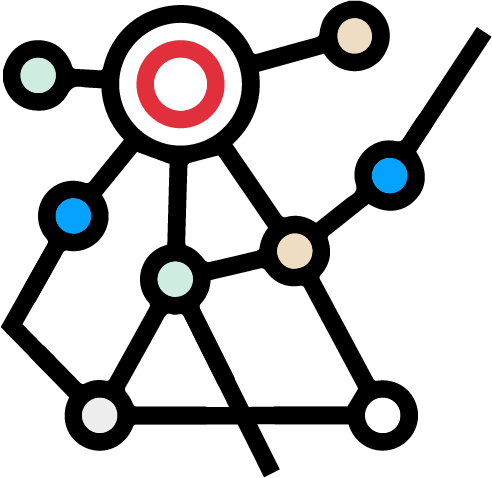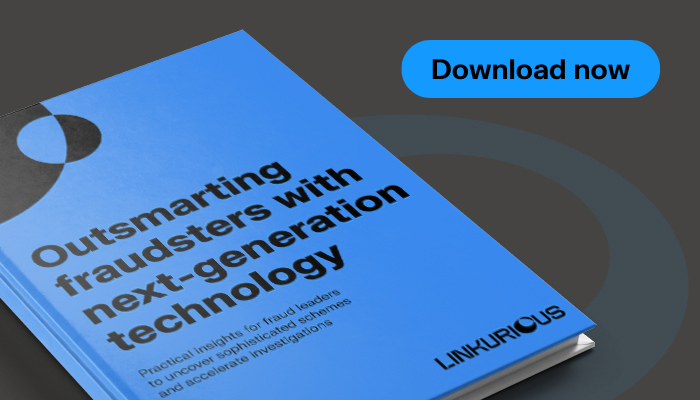Even the best preventive measures can’t stop all fraud. And banks and other organizations need to be ready to expect the unexpected as fraud techniques evolve as new opportunities arise. An effective fraud detection system is an essential piece of any anti-fraud system. Efficient fraud detection helps prevent losses, creates better customer experience, and helps an organization build a better business.
In this article, we’ll take a look at just why fraud detection is so challenging in our current context. Then, we’ll take a look at how financial institutions, governmental agencies, and other organizations work to detect fraud, from the more traditional detection techniques to newer, more cutting-edge technology solutions.
Detecting diverse fraud schemes
There are almost countless known fraud schemes. Any business could fall victim to business email compromise or cyber security related fraud. Banks and financial institutions must be on the lookout for credit card fraud schemes, synthetic identity fraud, account takeovers, and more. Insurance companies must be vigilant for fraudulent claims.
Fraud schemes can be broadly categorized into two types: first-party fraud and third-party fraud. First party fraud is when an individual or organization purposely misrepresents their identity or provides incorrect information to gain an unfair or unlawful advantage. Examples of this type of fraud include chargeback fraud, fronting, and government loan fraud.
Third-party fraud on the other hand is when someone’s personal information is used without consent so a third party can illegally or unfairly gain access to resources, credit, or products. It’s also known as identity theft. Third-party fraud schemes include account takeover fraud (ATO), loan stacking, and new account fraud.
Managing evolving fraud threats
In addition to these many known fraud methods, fraud patterns and techniques are constantly evolving. Clever fraudsters find new opportunities all the time, meaning financial institutions and other organizations need an efficient and adaptable system to flag all kinds of suspicious activity.
Covid-19 is an example of how quickly fraud threats can evolve. The onset of the global pandemic forced some major societal changes. Huge numbers of people began working from home, away from in-office security systems. And with more people staying home, more business and transactions went digital. Both of these rapid changes created ample opportunities for fraudsters willing to manipulate a crisis for their own benefit.
At the same time, governments increased aid to citizens and businesses to prevent dire economic outcomes. Fraudsters were also quick to take advantage of such easy money.
None of these opportunities for fraudsters could have been predicted before the pandemic hit. Prevention only goes so far in an unprecedented situation—or in day to day operations. It highlights the importance of having a reliable and solid fraud detection system to catch criminals before they can do too much damage.
How to detect fraud
Fraud detection systems are on the front lines of catching fraud cases before they get out of hand and cause too much damage. Effective fraud detection also plays an essential role in preventing fraud. The more fraud schemes you detect and understand, the better your defenses can be.
Fraud detection systems have evolved considerably over the years. Let’s first take a look at traditional, legacy systems, and then explore newer technology solutions that can complement existing anti-fraud stacks.
Rules-based detection solutions
Since most fraud cases involve repeated patterns, combing through the data to detect those patterns is a focus for analysts. Setting up rules to automatically flag suspicious behavior based on known patterns saves time on detecting common types of fraud, since these systems can process huge amounts of data in a short amount of time. Rules-based detection systems have been at the core of most anti-fraud systems for many years now.
The downside to rules-based detection solutions is that they generate a high number of false positives. Rules-based detection solutions are also often poor at detecting sophisticated fraud techniques, complex networks of fraudsters, or previously unknown fraud patterns, leaving gaps in the defenses.
Understanding context for sophisticated fraud detection
Understanding the context around your data is essential for uncovering many fraud schemes, or uncovering them to their full extent. And context is exactly what’s missing from the analysis of many traditional rules-based solutions. They are good at connecting individual data points: a business to an address, a customer to a bank account, etc. But rules-based detection systems are unable to analyze the deeper connections and low-level signals to detect more complex fraudulent behavior or networks of fraudsters.
Graph analytics and fraud detection
 Graph analytics is a powerful tool for fraud detection. It solves for many of the limitations of rules-based detection systems. Structured as nodes (data points) and edges (the relationships between data points), a graph model enables you to explore not only your data, but also the connections within. This data model is particularly well suited to organize and analyze data where connections are as important as individual data points.
Graph analytics is a powerful tool for fraud detection. It solves for many of the limitations of rules-based detection systems. Structured as nodes (data points) and edges (the relationships between data points), a graph model enables you to explore not only your data, but also the connections within. This data model is particularly well suited to organize and analyze data where connections are as important as individual data points.
With an investigation platform like Linkurious, based in graph analytics, you can detect complex fraud patterns that would have been difficult or impossible to uncover otherwise.
Take the example of credit card skimming fraud. A credit card skimming device copies a credit card when it’s slid into a card reader at an ATM, cas pump, or other point of sale. The device owner can then use this information to make fraudulent transactions, such as online purchases. Once a bank receives reports of fraudulent transactions, a graph analytics solution can show if there are common points of sale among the various transactions. These connections can reveal when and where the credit cards were originally stolen. The skimming scheme can then be stopped.
Learn more about fraud detection with graph technology
Graph analytics and visualization are powerful assets in both detecting and investigating complex fraud schemes. Layered onto existing systems, it can help detect more fraud, faster, and accelerate investigation time.
To take a deeper dive into how this technology can improve upon your anti-fraud tech stack, take a look at our e-book: Outsmarting fraudsters with next-generation technology.
